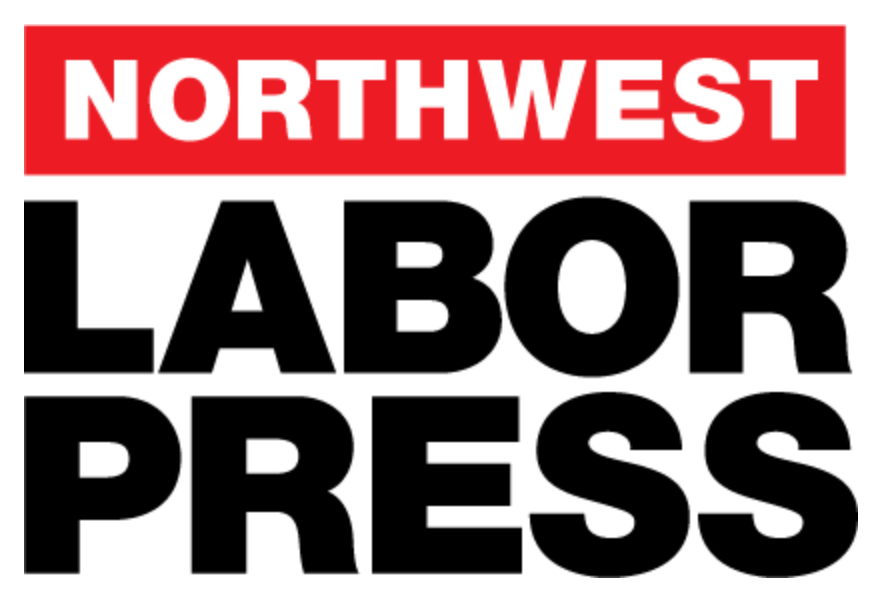After two and a half years of White House obstruction, the Occupational Safety and Health Administration (OSHA) announced on Aug. 23 a proposal to protect workers from exposure to silica dust. More than 2 million workers are exposed to silica dust — anyone who cuts, saws, drills or crushes concrete, brick, or stone products, or uses sand. Bricklayers, cement masons, road crew and shipyard workers, sandblasters, and glass and foundry workers are among those at greatest risk. Inhaled over time, microscopic silica particles cause lung diseases like silicosis, pulmonary tuberculosis, and lung cancer.

OSHA’s rule on silica hasn’t changed since 1972. It sets an exposure limit, but doesn’t require employers to test for it. Technologies and practices have developed to protect workers, but OSHA doesn’t require employers to use them.
In 2009, the Obama Administration declared that protecting workers from silica inhalation was one of its regulatory priorities. OSHA worked on a proposal to lower the allowable limit and require certain employers to test air samples and give workers health screenings, safety trainings, and tools — using water to suppress dust, ventilation to capture it, or personal protective equipment to prevent inhalation. OSHA submitted this “draft proposed silica standard” for review by the White House Office of Information and Regulatory Analysis (OIRA) on Feb. 14, 2011. Under an executive order, OIRA is supposed to determine whether OSHA assessed the costs and benefits of available alternatives. The review was supposed to take 90 days. Two and a half years went by, and the rule remained in limbo while OIRA held closed-door meetings with industry groups opposed to regulation.
The delay outraged labor leaders and some members of Congress, who wrote letters and tried to shame the administration with public editorials. On Aug. 1, 2013, Connecticut Democrat Richard Blumenthal held a Senate hearing entitled “Justice Delayed: The Human Cost of Regulatory Paralysis.” AFL-CIO Safety and Health Director Peg Seminario told senators at the hearing that White House delay of occupational safety regulations in the Obama Administration has been the worst she’s seen in her more than three decades of work on safety and health regulations — worse even than the “dismal” record of the previous Bush administration.
“Since 2011, virtually every worker protection rule that has been submitted for OIRA review has been delayed,” Seminario said, adding that the silica rule delay is a case in point. “Failure to regulate silica has allowed uncontrolled exposures and more unnecessary disease and death.”
Three weeks after the Senate hearing, OSHA announced its “draft proposed rule” is moving forward in the process, and is now an official “proposed rule.”
If OSHA’s estimate is correct — that the proposed rule would prevent 1,600 new cases of silicosis and save nearly 700 lives a year — then the administration’s delay will have meant painful and preventable deaths for several thousand workers.
And it could still be years before the rule takes effect. First the proposed rule must be published in the Federal Register (which had not yet happened as of press time). Next OSHA accepts public comments for 90 days. Then it holds public hearings on it, scheduled to begin March 4, 2014. Once public hearings conclude, members of the public can submit additional post-hearing comments. Then the agency will make a determination whether to proceed with the final rule.
“We urge the Obama administration to continue moving forward with the public rule-making process without delay,” said AFL-CIO president Richard Trumka in a press statement. “The final silica rule should be issued as fast as humanly possible, to protect the health and lives of American workers.”





